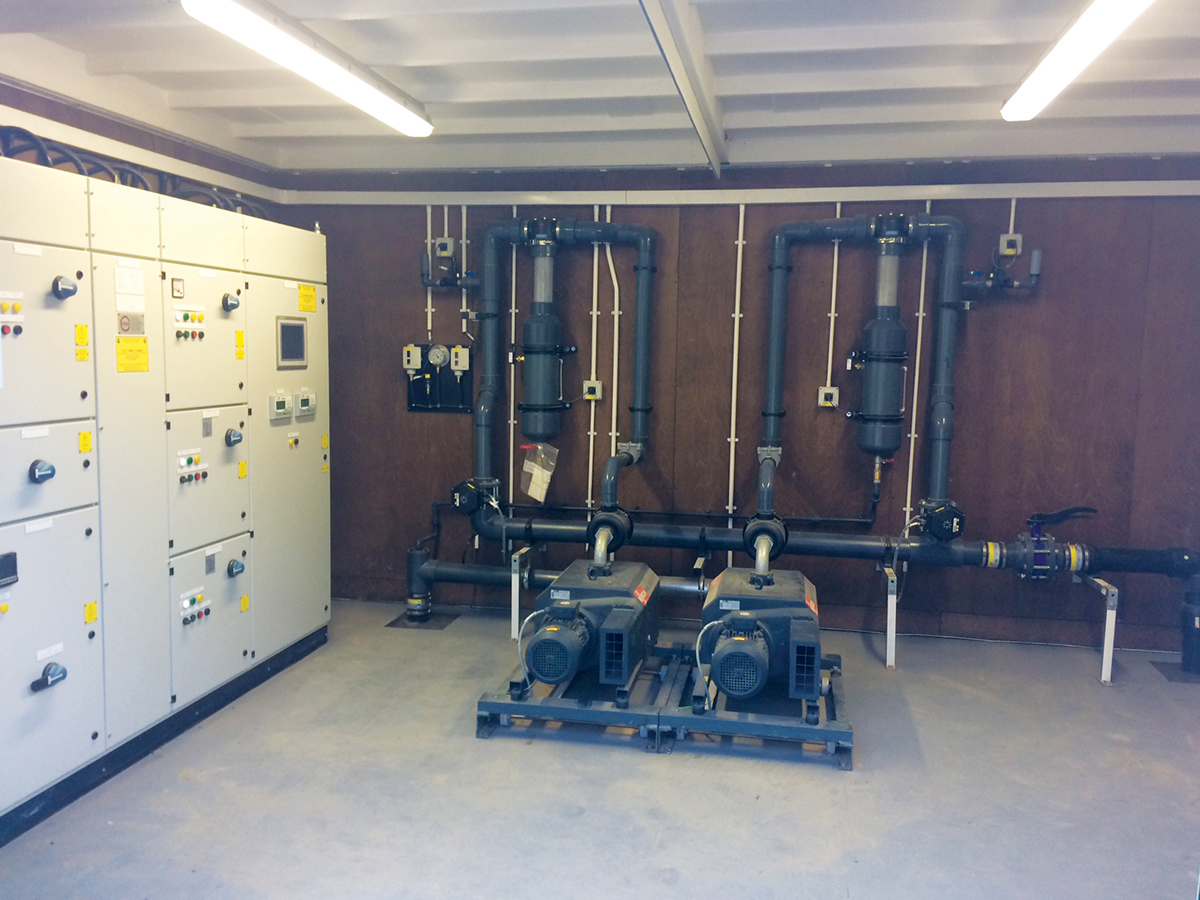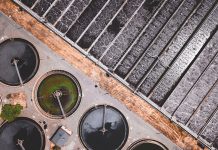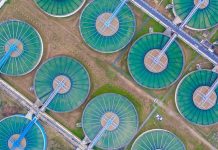Under section S101A of the Water Industries Act 1991 Severn Trent Water had a requirement to service the settlements of Iron Cross, Rushford and Pitchill west of Salford Priors, Warwickshire with a public sewer as a result of 28 polluting properties. Upon completion of the scheme a further 29 non-duty properties were also provided with a point of connection to the new sewerage infrastructure (enabled).
Initial project solutions included the utilisation of conventional gravity sewers at depths of up to 7 metres and 4 No. sewerage pumping stations, necessary as a result of the areas undulating terrain.
Due to the many significant disadvantages identified with the use of a gravity sewerage system for this application a vacuum sewerage system was proposed as the most effective alternative solution.
The Solution
C G Godfrey Ltd (CGG) are the UK’s sole distributor of Qua-vac BV’s Vacuflow® technology and were appointed by Principle Contractor, NMC to design and build a vacuum drainage System to service the villages complex requirements by using this Vacuflow® technology to provide an eco-innovative alternative to the gravity sewer option.
The projects specific design encompassed approximately 3km of vacuum main, a central vacuum collection and discharge pumping station, 750m of rising main and 640m of gravity sewer capable of serving 50+ properties. Effluent is discharged at a rate of 5-6l/s into Severn Trent Waters wastewater network along School Road, Salford Priors.
Vacuflow® Technology was installed to service all properties within the catchment areas. Waste water from each property, or where possible groups of properties drains by gravity to a vacuum collection chamber sited either in the adjacent highway verge or within the property boundary, no chambers are positioned in the highway. Collection chambers are constructed from either polyethylene or Precast Concrete and are fitted with Hermelock B125 or D400 composite covers and are similar in size to a standard manhole.
Vacuflow® systems are a mechanised method of waste water transport that utilise differential air pressures to transport waste water (atmospheric pressure in the collection chambers and negative, reaching -0.8 bar within the infrastructure pipe work).
Collection chambers are the entry points into the vacuum system. Each collection chamber requires a Vacuflow® interface valve to seal the vacuum lines and maintain internal negative pressure. Vacuflow® interface valves work pneumatically: once wastewater within the chamber reaches a predetermined level the interface valve is triggered by a starter valve switch positioned on top of a ball float. Whilst the interface valve is open, the resulting differential in pressure between atmospheric (in the collection chamber) and negative (in the pipeline) becomes the driving force in gathering wastewater in the collection chamber and transporting it towards the central vacuum station. The starter valve will remain open until the ball float trigger switch has dropped back down. No electrical installations are required within the collection chamber.
The pipeline network is made up of HDPE SDR17.6 materials. The pipeline is laid to a ‘saw tooth’ profile, whose profile ‘lift pockets’ are used to form a plug in the pipeline network, overcome obstacles, transport wastewater uphill and ensure shallow pipe work where possible.
The vacuum station is the only element requiring an electrical supply. The vacuum station comprises of a station building containing the MCC and 2No vacuum pumps, outside is an underground vacuum tank and pump and valve chambers within which 2No discharge pumps, isolation and non-return valves and flow meter are housed. The systems vacuum pumps run for approximately 2 to 5 minutes per cycle.
Once wastewater reaches the vacuum station it’s deposited into the vacuum tank where it’s temporarily stored until the tank reaches a predetermined level when the discharge pumps are activated and the wastewater is conveyed through a rising main and gravity sewer to the nearby sewer network on School Road, Salford Priors.
Innovation
CGG continually seek to challenge project efficiencies by employing innovative technologies.
At Salford Priors efficiencies were made to meet budget and programme constraints. To achieve these efficiencies emphasis was placed in “offsite” prefabrication. Prefabrication facilitated the opportunities for reductions in cost and programme duration, whilst also achieving greater control of product quality and eliminated elements of risk to health and safety on the project.
Numerous prefabricated components, including the fully fitted vacuum station building and foundation slab, pumping station and valve chamber were efficiently programmed for ‘just in time’ delivery to ensure only one crane visit was necessary to site the various elements.
Hermelock composite covers, either D400 or B125 rated were installed on all collection chambers, made of a polyurethane composite material reinforced with fibre glass these covers offer the following advantages;
• Light weight
• Not susceptible to corrosion
• Watertight seal
• Bolting system to lock covers
• Maintenance free
• Resistant to loading (EN-124 standards)
• Zero scrap value
• 25 year guarantee
CGG’s preferred method for vacuum main installation is via directional drilling, however ground conditions on site did not permit this option therefore all vacuum mains were, where feasible, installed by the use of a road trencher which facilitated the excavation of narrow trenches, the recycling of road surfacing materials and reduced areas of highway reinstatement. A trencher is a rapid method of excavation, with levels controlled by laser, typically achieving 150-200m of trench per day.
Pipes were pre-welded and laid alongside the trench then carefully lowered in onto a sand bed, thus eliminating the need to enter the trench. A sand surround and traceable marker tape were then laid over the pipe prior to backfilling.
Foamed concrete was used to backfill trenches. Foamed concrete is a highly workable, low density material. Incorporating up to 75% of air foam concrete is generally self levelling and self compacting thus eliminating the need for compaction and vibration. Permanent asphalt reinstatements were then undertaken.
www.cggodfrey.co.uk






